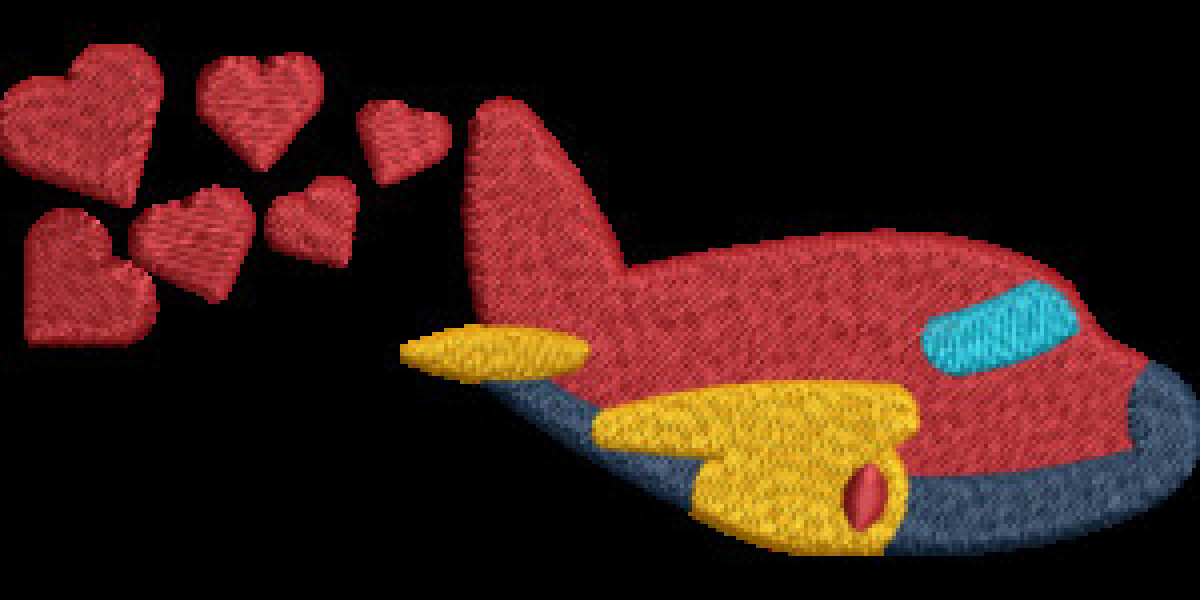Embroidery on stretch fabrics adds a touch of elegance and functionality to garments, but it comes with unique challenges. To achieve flawless results, proper digitizing is crucial. This is where embroidery digitizing services come into play. By leveraging these services, you can ensure that your designs are expertly digitized for stretch fabrics, maintaining their integrity and quality.
Understanding Stretch Fabrics
Stretch fabrics, as the name suggests, are materials that have the ability to stretch and return to their original shape. Common types include spandex, lycra, and elastane, often used in sportswear, activewear, and fashion garments. These fabrics are favored for their comfort, flexibility, and fit, making them a staple in many wardrobes.
Challenges of Embroidering on Stretch Fabrics
Embroidering on stretch fabrics can be tricky due to their tendency to distort during stitching. Maintaining design integrity is essential to ensure that the final product looks professional and polished. Proper stabilization techniques must be employed to prevent the fabric from shifting and to keep the design in place.
What are Embroidery Digitizing Services?
Embroidery digitizing services involve converting artwork into a digital format that embroidery machines can read. This process is essential for creating precise and high-quality embroidery designs, especially on challenging fabrics like stretch materials. These services offer several key benefits, including expertise, advanced technology, and consistent results.
The Digitizing Process for Stretch Fabrics
Initial Artwork Preparation
The first step in digitizing for stretch fabrics is preparing the artwork. This involves cleaning up the design, ensuring clear lines and shapes, and determining the appropriate size for the embroidery.
Choosing the Right Stitches
Selecting the right stitches is critical for stretch fabrics. Satin stitches, for instance, can provide a sleek finish, while fill stitches offer more stability. The choice depends on the design and the fabric's properties.
Adjusting for Stretch Properties
Digitizers must adjust the design to account for the fabric's stretch. This involves adding compensations to prevent distortion and ensuring the embroidery maintains its shape.
Testing and Refining the Design
Before finalizing the design, testing is essential. This allows digitizers to see how the embroidery behaves on the stretch fabric and make necessary adjustments to achieve the best results.
Advantages of Using Professional Digitizing Services
Expertise and Experience
Professional digitizing embroidery service provide access to skilled digitizers who have extensive experience working with various fabrics, including stretch materials. They follow industry best practices to ensure high-quality results.
Advanced Software and Tools
These services use the latest technology and specialized tools to create precise and accurate designs. Advanced software allows for intricate adjustments tailored to the unique properties of stretch fabrics.
Quality and Consistency
By using professional services, you can expect high-quality outputs and consistent results across multiple projects. This consistency is vital for maintaining brand standards and customer satisfaction.
Customizing Designs for Stretch Fabrics
Adjusting Density and Underlay
One of the critical adjustments in digitizing for stretch fabrics is modifying stitch density and underlay. This helps prevent puckering and distortion, ensuring a smooth and clean finish.
Compensating for Fabric Stretch
Digitizers must account for the fabric's stretch during the design process. This involves adding pull compensation and other techniques to ensure the embroidery retains its shape.
Selecting Appropriate Thread and Needles
Using the right thread and needles is crucial for embroidering on stretch fabrics. Threads should have enough strength and flexibility, while needles need to be appropriate for the fabric type to avoid damage.
Choosing the Right Embroidery Digitizing Service
To select the best digitizing services for embroidery, start by researching and gathering recommendations. Evaluate their portfolios and read testimonials to gauge their experience and quality of work. Cost is also an important factor, but it should be weighed against the value and quality of the services provided.
Case Studies: Successful Embroidery on Stretch Fabrics
Example 1: Sportswear Brand
A sportswear brand outsourced their digitizing needs to a professional service, resulting in high-quality, durable embroidery on their activewear. The precise digitizing ensured the designs remained intact despite the fabric's stretch and frequent washing.
Example 2: High-End Fashion Line
A high-end fashion line used professional digitizing services to create intricate embroidery on their stretch fabrics. The expert adjustments made by the digitizers ensured that the detailed designs looked stunning and maintained their elegance.
Common Mistakes to Avoid in Digitizing for Stretch Fabrics
Overlooking Fabric Properties
Ignoring the unique properties of stretch fabrics can lead to poor-quality embroidery. It’s essential to understand and adjust for these characteristics during the digitizing process.
Incorrect Stitch Types
Using the wrong stitch types can cause issues like distortion and puckering. It’s important to choose stitches that work well with stretch fabrics.
Inadequate Stabilization Techniques
Proper stabilization is crucial to prevent the fabric from shifting during embroidery. Failing to use the right stabilization techniques can ruin the design.
Future Trends in Embroidery Digitizing for Stretch Fabrics
The field of embroidery digitizing is continuously evolving, with new technologies and trends emerging. AI and machine learning are expected to enhance the precision and efficiency of digitizing processes. The demand for customization is increasing, with consumers seeking unique and personalized designs. Sustainable practices are also becoming more prominent, with a focus on eco-friendly materials and processes.
Conclusion
Digitizing services for embroidery on stretch fabrics offer numerous benefits, from accessing expert skills and advanced technology to achieving high-quality and consistent results. By leveraging these services, businesses can overcome the challenges of embroidering on stretch fabrics and deliver professional and polished products. If you’re looking to enhance your embroidery projects, consider using professional digitizing services to unlock the full potential of your designs.
FAQs
What is embroidery digitizing?
Embroidery digitizing is the process of converting artwork into a digital file that an embroidery machine can read and stitch onto fabric.
How do digitizing services benefit embroidery on stretch fabrics?
Digitizing services provide expertise, advanced technology, and precise adjustments necessary for high-quality embroidery on stretch fabrics, ensuring the designs maintain their integrity and quality.
What factors should I consider when choosing a digitizing service?
Consider the service's experience, portfolio, customer reviews, and cost versus value to ensure you get high-quality results at a reasonable price.
Can I digitize embroidery designs for stretch fabrics myself?
While it’s possible to digitize designs yourself, professional services offer expertise and advanced tools that ensure better quality and consistency, especially for challenging fabrics like stretch materials.
How do professional digitizing services ensure high-quality results?
Professional services use experienced digitizers, advanced software, and rigorous testing processes to ensure high-quality and precise embroidery designs.








